| Structure | Name/CAS No. | Articles |
|---|---|---|
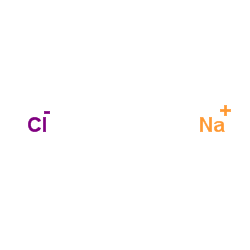 |
sodium chloride
CAS:7647-14-5 |
|
 |
SODIUM CHLORIDE-35 CL
CAS:20510-55-8 |
|
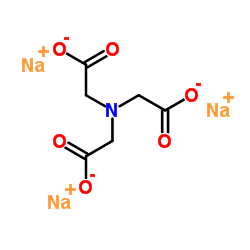 |
SODIUM NITRILOTRIACETATE
CAS:5064-31-3 |
|
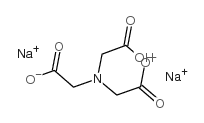 |
Disodium nitrilotriacetate
CAS:15467-20-6 |
|
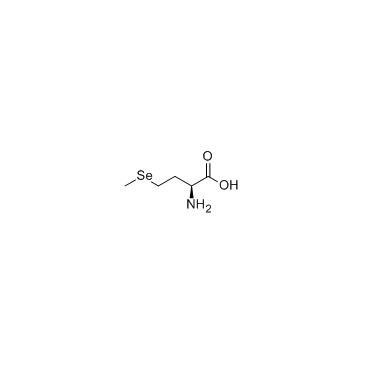 |
L-Selenomethionine
CAS:3211-76-5 |
|
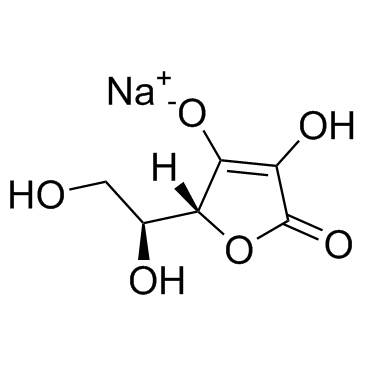 |
sodium ascorbate
CAS:134-03-2 |